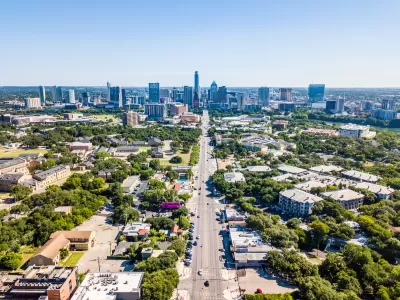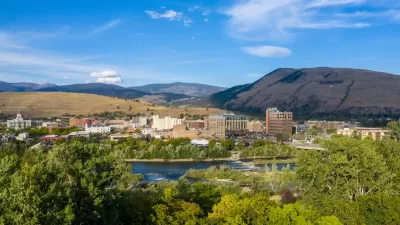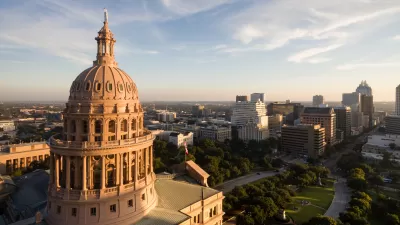Despite heated controversy, some experts believe the zoning changes made last year won’t make a significant dent in the local housing crisis.

In a piece for Forbes, Roger Valdez argues that recent zoning changes made by the city of Austin are “necessary but not sufficient” to increase the city’s housing supply. While local media touted the zoning reforms as a major step toward new housing and higher density, the reality is more nuanced. Regulations like lot size minimums, setbacks, and Floor Area Ratio (FAR) requirements limit the number of new units that can be built. Challenges with surface water management, utility requirements, and financing are other barriers to building as much new housing as advocates envision.
An Austin housing advocate Valdez spoke to said the changes “will not have a massive impact” and few sites will meet the requirements for additional units. “While there was a tremendous amount of work and controversy associated with the changes, they don’t represent an end to single-family zoning, and are unlikely to result in a large increase in production of new housing. When new housing does happen, it is likely to be expensive given the challenges of building.”
For Valdez, the only answer is a wholesale scrapping of the current zoning code. “Without substantial and significant changes in development standards, adding units is not likely to happen at scale; it is simply too challenging to do, permit, finance, and given all the other elements of the zoning and building code, utility requirements, often infeasible.”
FULL STORY: Austin Zoning Changes Necessary But Not Sufficient To Increase Housing

Study: Maui’s Plan to Convert Vacation Rentals to Long-Term Housing Could Cause Nearly $1 Billion Economic Loss
The plan would reduce visitor accommodation by 25,% resulting in 1,900 jobs lost.

North Texas Transit Leaders Tout Benefits of TOD for Growing Region
At a summit focused on transit-oriented development, policymakers discussed how North Texas’ expanded light rail system can serve as a tool for economic growth.

Using Old Oil and Gas Wells for Green Energy Storage
Penn State researchers have found that repurposing abandoned oil and gas wells for geothermal-assisted compressed-air energy storage can boost efficiency, reduce environmental risks, and support clean energy and job transitions.

Private Donations Propel Early Restoration of Palisades Playground
Los Angeles has secured over $1.3 million in private funding to restore the Pacific Palisades playground months ahead of schedule, creating a modern, accessible space that supports community healing after recent wildfires.

From Blight to Benefit: Early Results From California’s Equitable Cleanup Program
The Equitable Community Revitalization Grant (ECRG) program is reshaping brownfield redevelopment by prioritizing projects in low-income and environmental justice communities, emphasizing equity, transparency, and community benefits.

Planting Relief: Tackling Las Vegas Heat One Tree at a Time
Nevada Plants, a Las Vegas-based nonprofit, is combating the city’s extreme urban heat by giving away trees to residents in underserved neighborhoods, promoting shade, sustainability, and community health.
Urban Design for Planners 1: Software Tools
This six-course series explores essential urban design concepts using open source software and equips planners with the tools they need to participate fully in the urban design process.
Planning for Universal Design
Learn the tools for implementing Universal Design in planning regulations.
Ascent Environmental
Borough of Carlisle
Institute for Housing and Urban Development Studies (IHS)
City of Grandview
Harvard GSD Executive Education
Toledo-Lucas County Plan Commissions
Salt Lake City
NYU Wagner Graduate School of Public Service





























